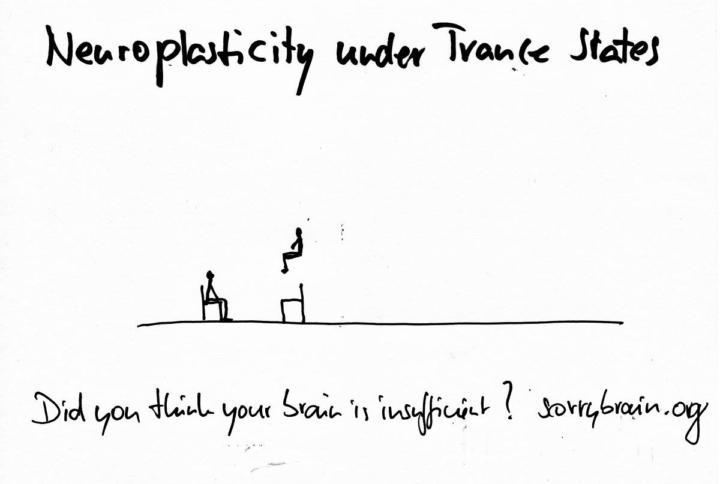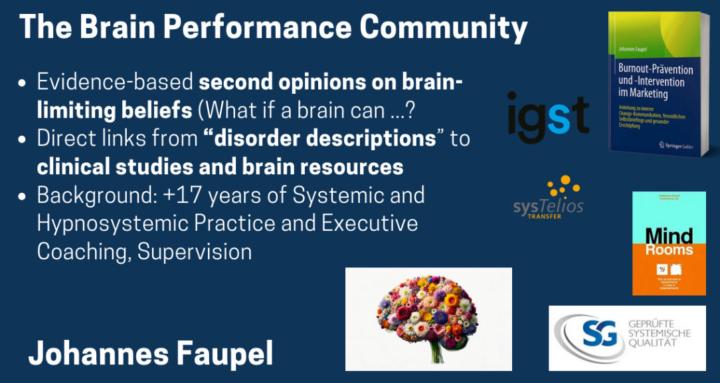
Write something
Neuroplasticity under trance states: cortical inhibition and associative flexibility
Neuroplasticity under trance states is the coupling of two processes – cortical inhibition and associative flexibility. The first is a protective hush: prefrontal–cingulate control tunes inhibitory interneurons, sensory cortices dampen competing input, and large-scale networks shift toward alpha–theta rhythms that reduce distractor gain. The second is a constructive opening: with noise down, hippocampal–temporal systems and default-mode assemblies can traverse a wider graph of associations, enabling reconsolidation of emotional memories, reframing of self-narratives and creative recombination. Hypnotic analgesia, focused imagery for habit change, and music-induced trance illustrate the same motif – less chatter where it hinders, more linkage where it helps. These states do not magically implant suggestions; they change the signal-to-noise ratio so that targeted learning lands and sticks. Evidence in Neuroscience and Brain Research about cortical inhibition and associative flexibility Across hypnotic and absorption paradigms, imaging repeatedly shows rebalancing among control, salience and default networks. Dorsal anterior cingulate – the brain’s conflict/“error” alarm – often quiets, making intrusive signals less bossy; anterior insula relays interoceptive cues with a calmer precision; dorsolateral and frontopolar prefrontal regions coordinate the task set, keeping the mind inside the guided scene. At the mesoscopic level, alpha and frontal-midline theta increase – signatures of inhibitory gating and top-down stabilization – while occipito-temporal cortices reduce reactivity to irrelevant input. This selective hush shows up behaviorally: under suggestion, pain, itch, or craving cues elicit smaller autonomic spikes, and attention tracks imagined rather than literal stimuli without losing overall coherence. When interference drops, associative travel grows. Hippocampal replay becomes more pliable – a doorway into memory reconsolidation in which emotional tone can be re-tagged while content remains accessible. Default-mode hubs – medial prefrontal and posterior cingulate – participate not as rumination engines but as scene-construction workspaces, allowing safe, vivid simulation of feared or desired futures. In this context, well-timed suggestions function like precision nudges: “feel the urge crest and pass” during smoking imagery, “let the pain be distance rather than danger,” “notice the compulsion without the act.” With repeated trials, cortico-striatal habits adopt the new policy and limbic responses blunt earlier.
1
0

1-1 of 1
powered by

skool.com/brain-performance-2502
Evidence-based brain performance: Mental health through neuroplasticity, brain training, systemic interventions, using helpful brain functions.
Suggested communities
Powered by
